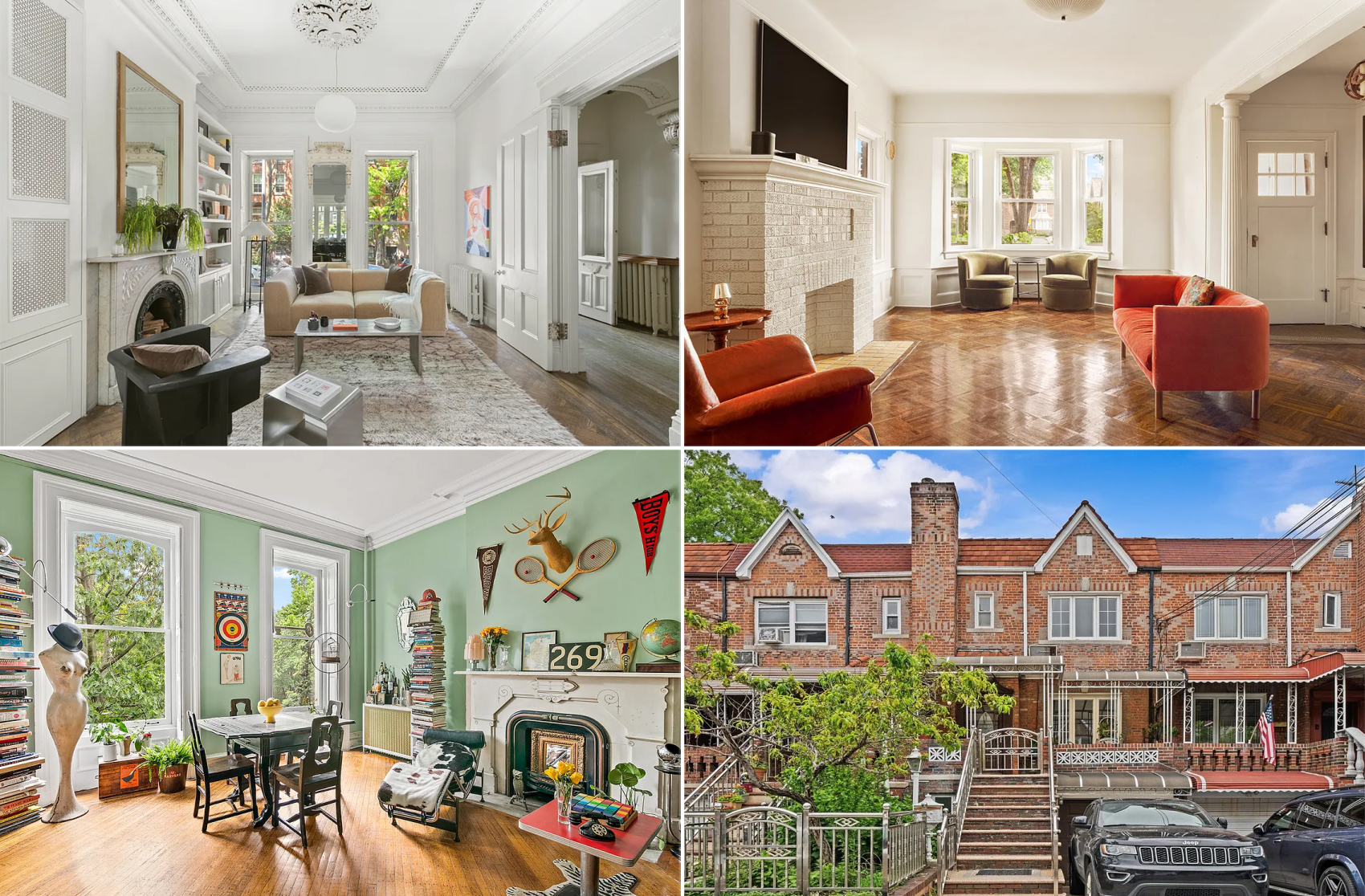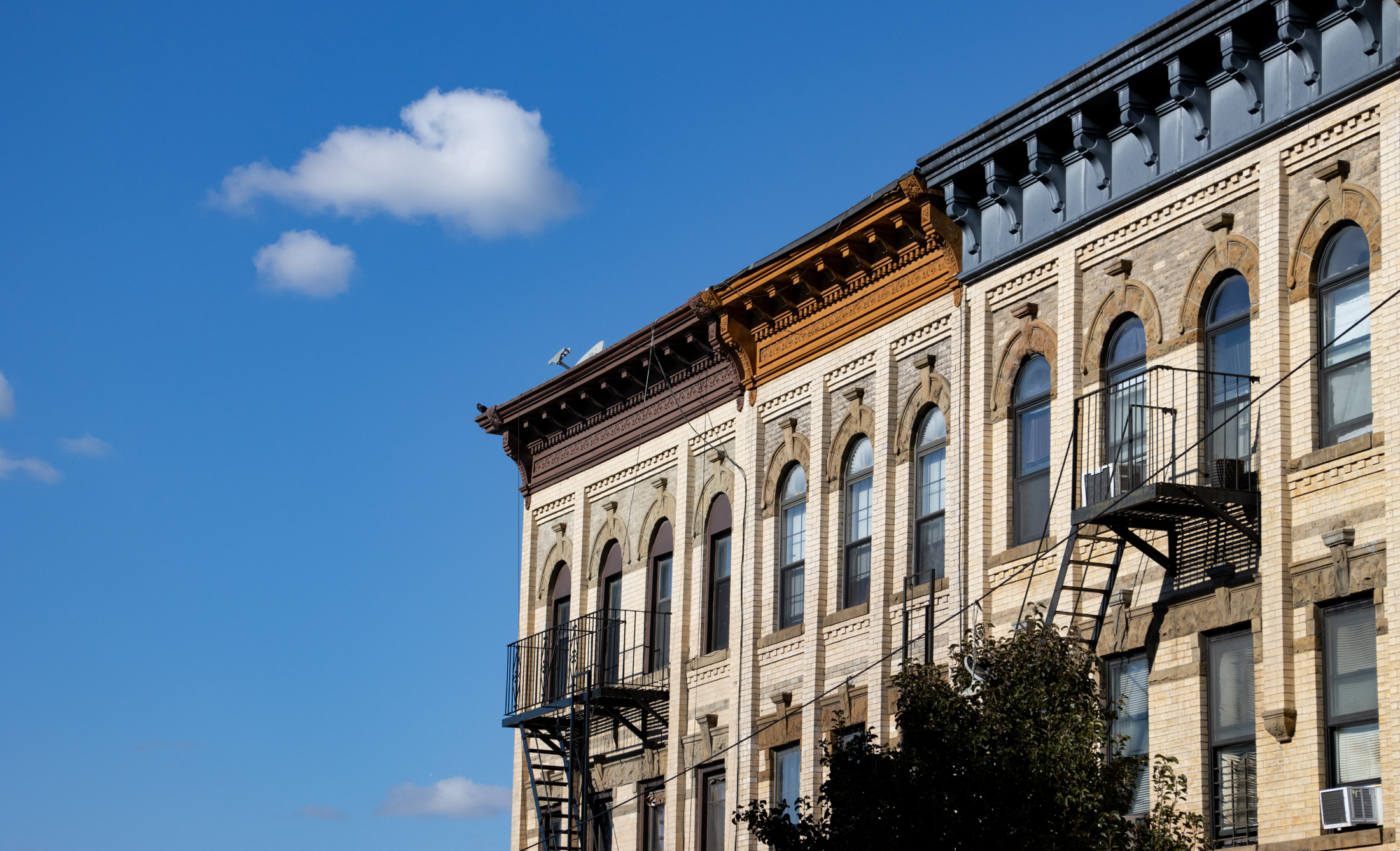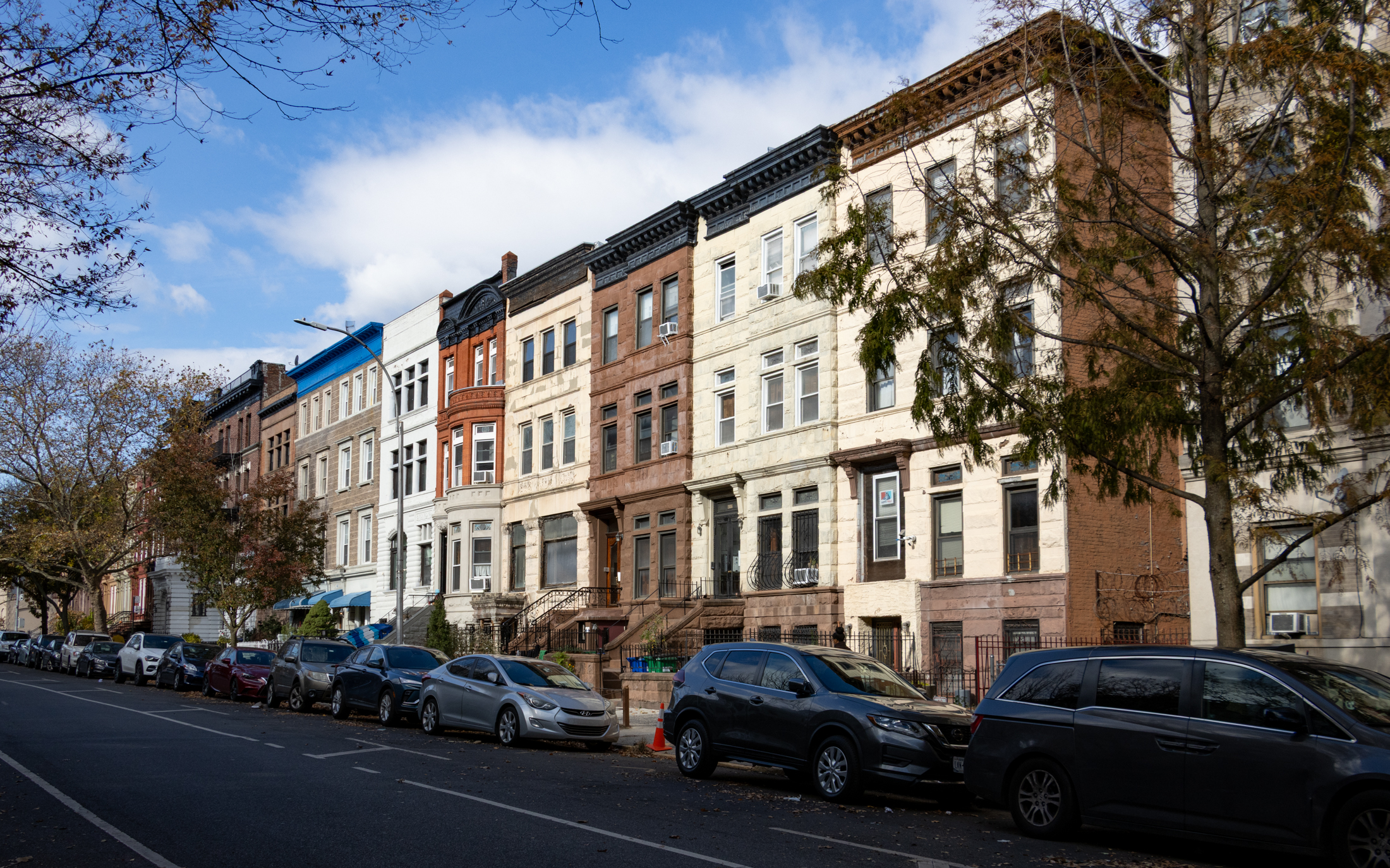Woodside Joint Transfer Station, Then and Now
Photo courtesy of Google Books, Queens Borough, New York City, 1910-1920: The Borough of Homes and Industry This image was found in one of the many ancient books which I’m known to haunt. The historic shot’s vantage point is familiar to regular riders of the LIRR, and would be somewhere very close to Trimble Road’s…


Photo courtesy of Google Books, Queens Borough, New York City, 1910-1920: The Borough of Homes and Industry
This image was found in one of the many ancient books which I’m known to haunt. The historic shot’s vantage point is familiar to regular riders of the LIRR, and would be somewhere very close to Trimble Road’s intersection with 64th Street in Woodside. It was likely captured in the latter half of the decade — after 1917 and before 1920 (around the time of the First World War) — roughly a century ago.
Notice the Woodside Court building at the center left of the shot, it would have been around ten years old. Woodside Court is supposed to be the very first apartment house in all of Woodside, or so I’ve been told. The Long Island Railroad station was established in Woodside in 1895, by the way.
From the aforementioned book linked to above,
“The importance of this station as a transfer point is directly proportional to the number of Long Island Railroad trains which stop there. About seventy-four percent of the trains stop today. The Queensboro Chamber of Commerce believes that more trains should stop at that point for the interchange of passengers, at the same time realizing that passengers bound for all points in New York City can go through to the Pennsylvania Station and make connections there with the Seventh Avenue Subway.”

My shot is from the platform of the modern Long Island Railroad platform, in the summer of 2011. This spot would be in the right center of the historic shot. There are houses standing today where the original shot was gathered from, as Queens has grown somewhat since World War One, and especially around its transportation arteries.
The Woodside Court building is still there on the left, as are the two electrical towers and the elevated subway station which crosses over the LIRR tracks, along Roosevelt Avenue. The elevated tracks arrived in 1917, so I guess that means very little has actually changed, from an infrastructure point of view, in the intervening decades, between then and now.
Newtown Creek Alliance Historian Mitch Waxman lives in Astoria and blogs at Newtown Pentacle.





What's Your Take? Leave a Comment